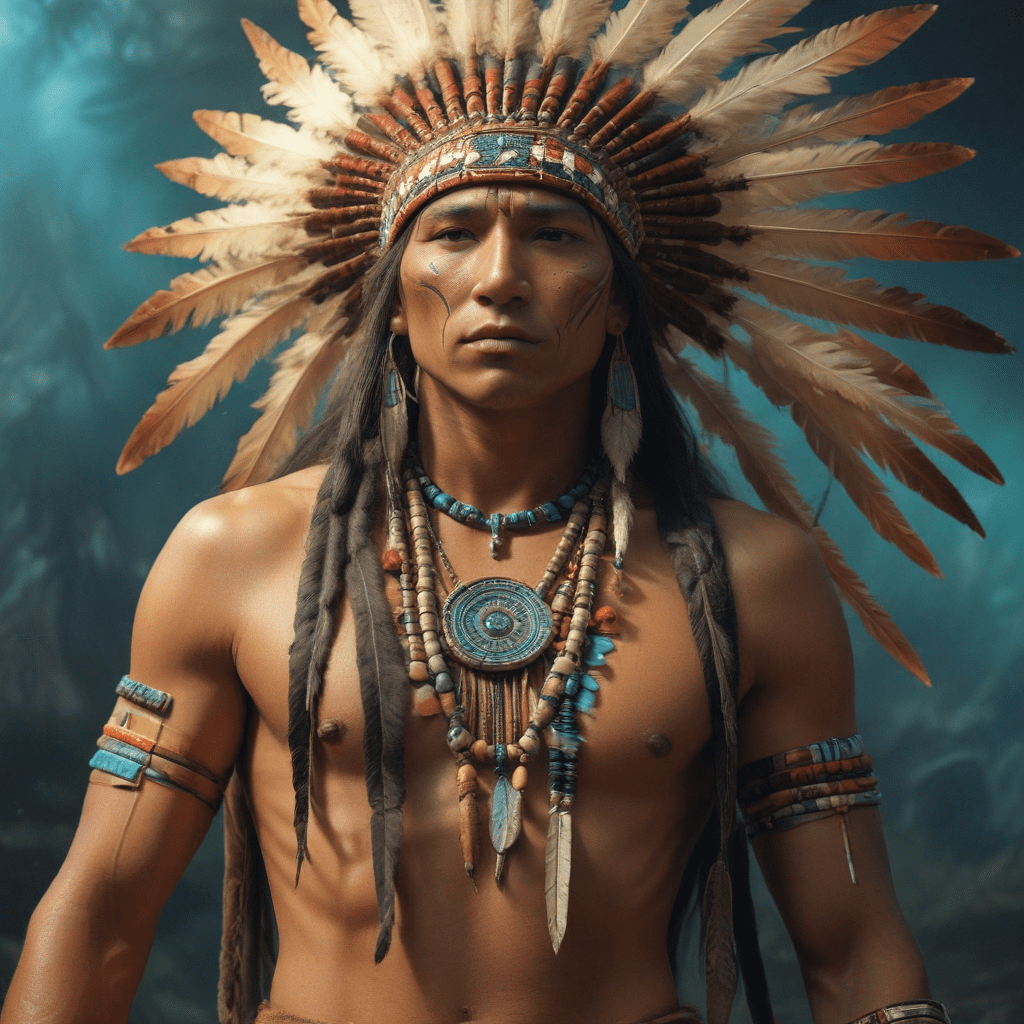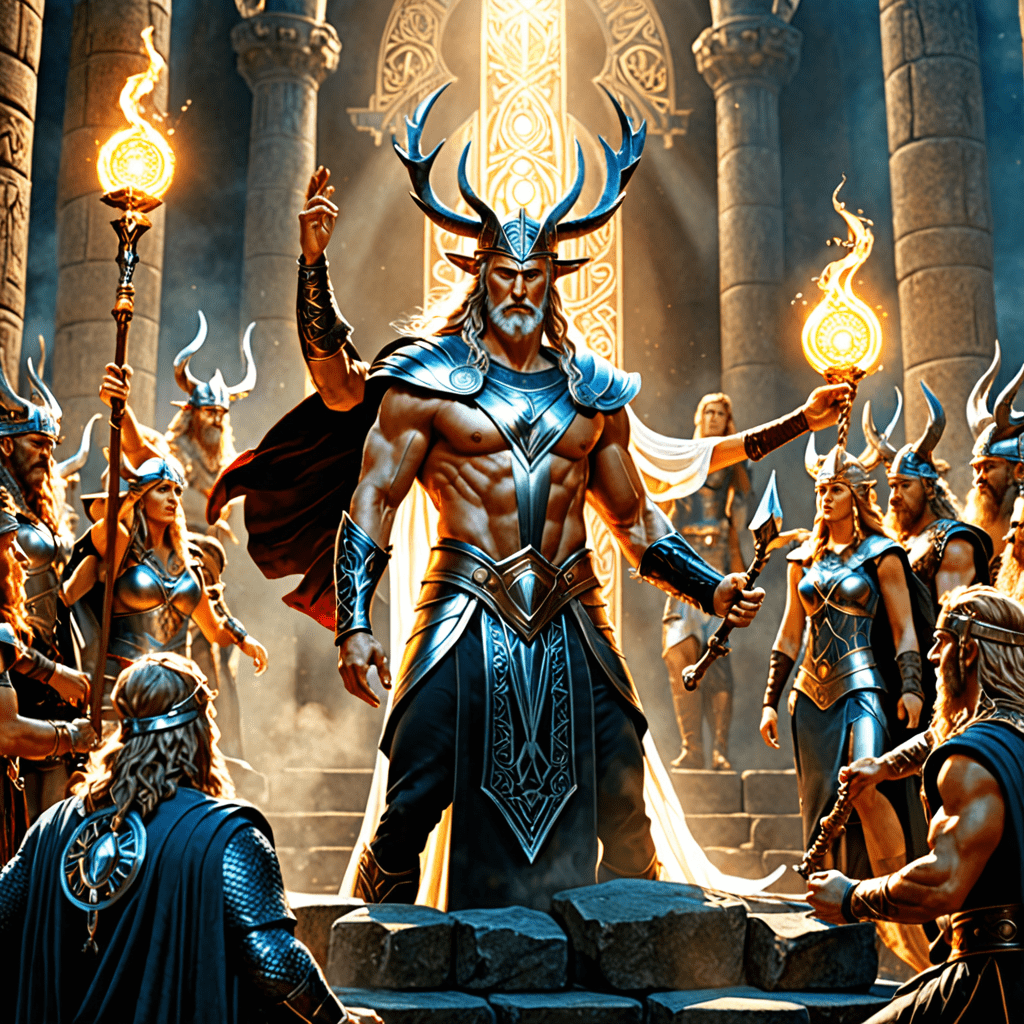Mythical Underworlds: Where Legends and Nightmares Collide
I. Introduction to Mythical Underworlds
Underworlds have fascinated humanity for centuries, serving as a gateway to understanding the afterlife, morality, and our deepest fears. In mythology, these realms often symbolize the dichotomy between life and death, the known and the unknown. They are places where legends are born, and nightmares lurk, reflecting cultural beliefs and societal norms.
This article aims to delve into the significance of mythical underworlds across various cultures, exploring their roles, common themes, and how they intersect with our personal struggles. We will examine their historical context, literary representations, and contemporary interpretations, shedding light on why these realms continue to captivate our imaginations.
Understanding underworlds is essential to grasp the cultural narratives that have shaped human history. They serve not only as metaphors for the human experience but also as reflections of our collective psyche.
II. The Role of Underworlds in Different Cultures
Throughout history, numerous cultures have conceived their own versions of the underworld, each carrying unique beliefs and practices regarding death and the afterlife.
A. Ancient Greek Underworld: Hades and its significance
The Greek underworld, known as Hades, is ruled by the god of the same name. It is depicted as a shadowy realm where souls reside after death, often reflecting their moral choices in life. Hades is divided into several sections:
- The Elysian Fields: A paradise for the virtuous.
- Tartarus: A place of punishment for the wicked.
- The Asphodel Meadows: A neutral zone for ordinary souls.
Hades highlights the importance of moral judgment and the consequences of one’s actions, embodying the ancient Greeks’ beliefs about justice and retribution.
B. The Egyptian Duat: The journey of the soul after death
The Duat in ancient Egyptian mythology represents the realm of the dead, where the soul embarks on a perilous journey. This journey is fraught with challenges, including navigating through dangerous creatures and overcoming obstacles. The judgment of souls is a central theme, exemplified by the weighing of the heart against the feather of Ma’at, the goddess of truth and justice.
C. Norse Hel: The realm of the dead in Norse mythology
In Norse mythology, Hel is the domain of the deceased who did not die a heroic death. Ruled by the goddess Hel, this realm is often depicted as a cold and gloomy place, contrasting sharply with the paradisiacal Valhalla. Hel serves as a reminder of the Norse valorization of bravery in battle and the consequences of one’s life choices.
D. Mesoamerican Xibalba: The underworld in Maya and Aztec legends
Xibalba, or the “Place of Fear,” is the underworld in Maya mythology. It is characterized by trials and tests faced by souls, reflecting the beliefs of the Maya regarding death and rebirth. The Aztecs also had their version of the underworld, where a complex structure of deities and spirits dictated the fate of the dead, often linked to the nature of their death and life.
III. Common Themes and Symbols in Underworld Myths
Despite the diversity of underworlds across cultures, several common themes and symbols emerge. These elements provide insight into the human experience and our relationship with death.
A. The journey through darkness: Trials and tribulations
The journey through the underworld often symbolizes personal struggles and challenges that individuals face in life. It is a metaphor for confronting one’s fears and the unknown.
B. Guides and ferrymen: Charon, Anubis, and others
Many cultures feature guides or ferrymen who assist souls in their passage through the underworld:
- Charon: The Greek ferryman who transports souls across the River Styx.
- Anubis: The Egyptian god who guides souls and oversees the embalming process.
C. The concept of judgment: Morality and the afterlife
Judgment is a recurrent theme, where souls are evaluated based on their earthly actions. This highlights the moral implications of life choices and the belief in a just universe.
D. Rivers and barriers: Symbolism of passage and transition
Rivers often symbolize the transition between life and death, serving as barriers that souls must cross. This imagery reflects the liminal space between existence and the afterlife.
IV. The Intersection of Legends and Nightmares
Mythical underworlds encapsulate a duality where sanctuary and terror coexist, reflecting the complexity of human emotions and beliefs.
A. The duality of underworlds: Sanctuary vs. terror
While some aspects of the underworld offer hope and refuge, others evoke dread and fear. This duality illustrates the multifaceted nature of existence.
B. Myths as reflections of societal fears and beliefs
Underworld myths often mirror societal anxieties, serving as cautionary tales about morality, death, and the consequences of one’s actions.
C. Nightmares personified: Creatures and spirits of the underworld
Various creatures inhabit the underworld, often embodying nightmares and fears. These beings serve as reminders of the darker aspects of the human experience.
V. Underworlds in Literature and Art
Throughout history, underworlds have inspired countless literary and artistic works, allowing for exploration and interpretation of these enigmatic realms.
A. Depictions of underworlds in classic literature (e.g., Dante’s “Inferno”)
Dante Alighieri’s “Inferno” is a seminal work that vividly portrays the underworld as a structured realm of punishment, reflecting medieval beliefs about sin and redemption.
B. Artistic representations: How artists visualize the underworld
Artists have long been captivated by the concept of the underworld, creating visual interpretations that range from the haunting to the surreal. Notable works include:
- Hieronymus Bosch’s “The Garden of Earthly Delights”
- Gustave Doré’s illustrations for Dante’s “Inferno”
C. Modern interpretations in film and pop culture
Contemporary films and media continue to explore underworld themes, often blending traditional mythology with modern narratives. Examples include:
- The “Underworld” film series
- Disney’s “Coco,” which portrays the Mexican Day of the Dead traditions
VI. Underworlds as Metaphors for Personal Struggles
Underworlds serve as powerful metaphors for personal challenges and psychological battles.
A. Psychological interpretations: The underworld as a representation of the subconscious
The underworld can symbolize the subconscious mind, where fears, traumas, and unresolved issues reside, awaiting confrontation and resolution.
B. The hero’s journey: Overcoming personal hells
The hero’s journey often includes a descent into the underworld, representing a transformative experience where characters confront their deepest fears and emerge stronger.
C. Healing and redemption: The transformative power of confronting inner demons
Engaging with the metaphorical underworld can lead to healing and redemption, illustrating the importance of facing one’s inner demons to achieve personal growth.
VII. Underworlds in Contemporary Beliefs and Practices
In modern society, beliefs about the afterlife and underworlds continue to evolve, reflecting a blend of ancient traditions and contemporary thought.
A. Modern religions and their views on the afterlife
Different religions offer varied perspectives on the afterlife, shaping beliefs about the underworld and its significance. For example:
- Christianity views hell as a place of punishment for sin.
- Buddhism emphasizes rebirth and the cycle of life and death.
B. The resurgence of interest in ancient mythologies
Many people today are rediscovering ancient mythologies, exploring their relevance in modern contexts and finding meaning in their lessons about life and death.
C. Neo-paganism and its interpretations of underworlds
Neo-pagan practices often draw on ancient beliefs



